Snowdonia Hawkweed Facts
- The small, quite lovely, and somewhat mysterious Snowdonia Hawkweed easily ranks as one of the rarest plants in the world. The remarkable species also goes by the difficult to pronounce scientific name of the Heiracium snowdoniense. But, by either term, it’s a truly incredible work of Nature.
- Firstly, it represents a relatively recent discovery. That’s becasue scientists first described the small plant in the year 1880. Then, despite numerous expeditions in the intervening decades, the attractive species seemed to disappear sometime prior to 1953. As a result, most researchers believed it to be extinct.
- Then, in 2002, someone accidentally discovered a single plant growing on a remote hillside in a region which forms part of the Cwm Idwal National Nature Reserve. Also, how the single plant could appear after so long is a mystery. To date, this lone individual plant remains the only one to be observed by researchers.
- Though the IUCN does not yet, for unknown reasons, list the species on its site, it certainly meets all the requirements for a status of Critically Endangered. Obviously, the Snowdonia Hawkweed must be considered to be at extreme risk of imminent extinction. Without doubt, the greatest threats it faces likely include habitat loss and climate change.
Related Articles
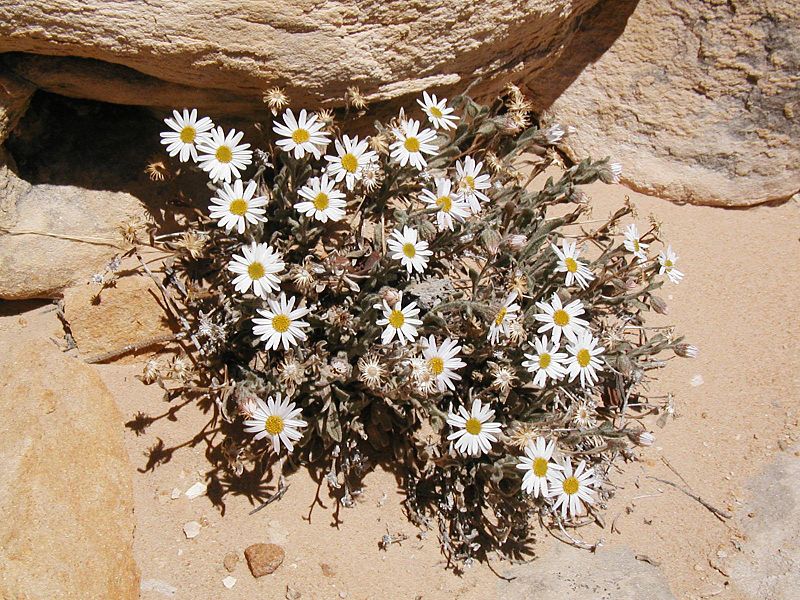
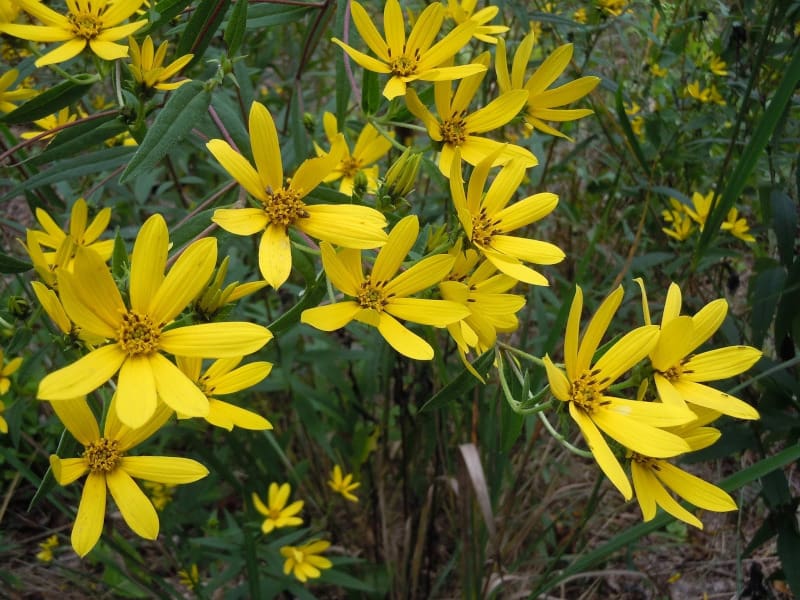
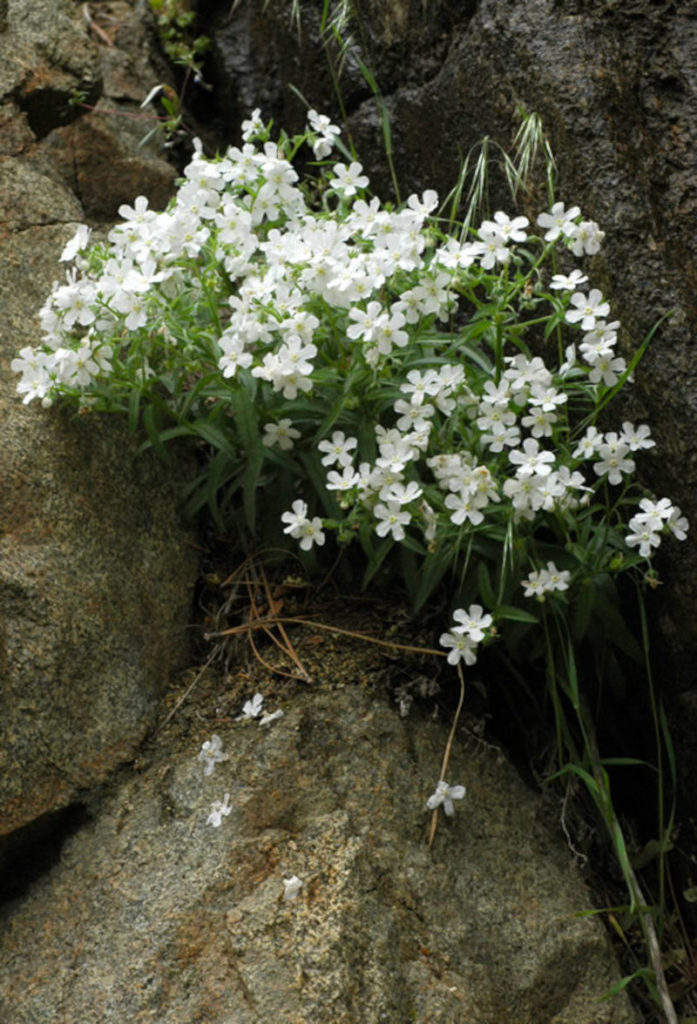
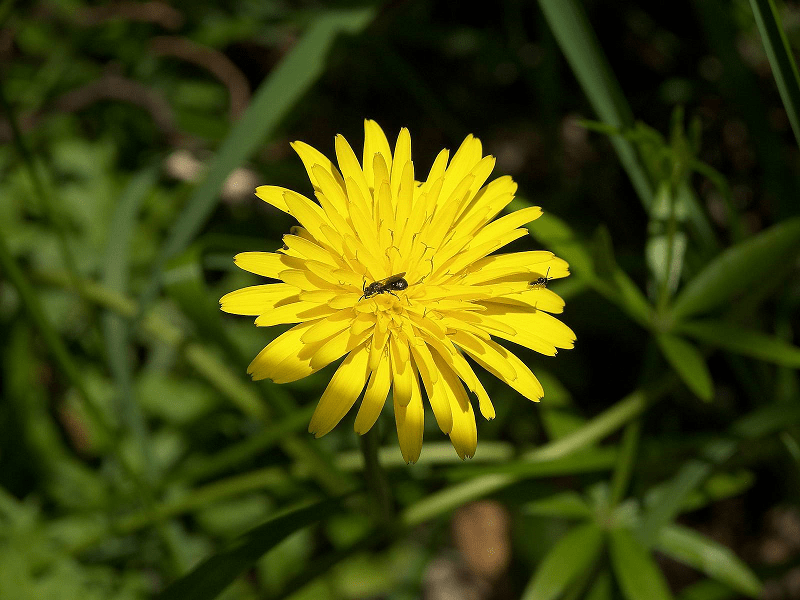
Snowdonia Hawkweed Physical Description
Although the Snowdonia Hawkweed constitutes an incredible species for many reasons, physical size isn’t among them. That’s because the extraordinarily rare Angiosperm remains a comparatively small perennial plant species. In point of fact, the otherwise remarkable plant typically attains a height measuring only about 12 in (30 cm).
This marvel of Nature also possesses a visual charm. That occurs partly due to the fact that its flowers wonderfully display as a bright golden yellow in color. Furthermore, it produces these at the ends of long, delicate stems. These further grow in small clusters. Each stem also possesses a small rosette of elongated leaves growing at the base.
Further, numerous tiny black hair-like structures cover both the stems and the backs of the leaves of the Snowdonia Hawkweed. This lovely plant also produces fruit irregularly and even reproduces asexually. The small fruit ripens after approximately one month with the wind acting as the principal pollinator.
- Kingdom: Plantae
- Phylum: Angiosperms
- Class: Eudicots
- Order: Asyerales
- Family: Asteraceae
- Genus: Hieracium
- Species: H. snowdoniense
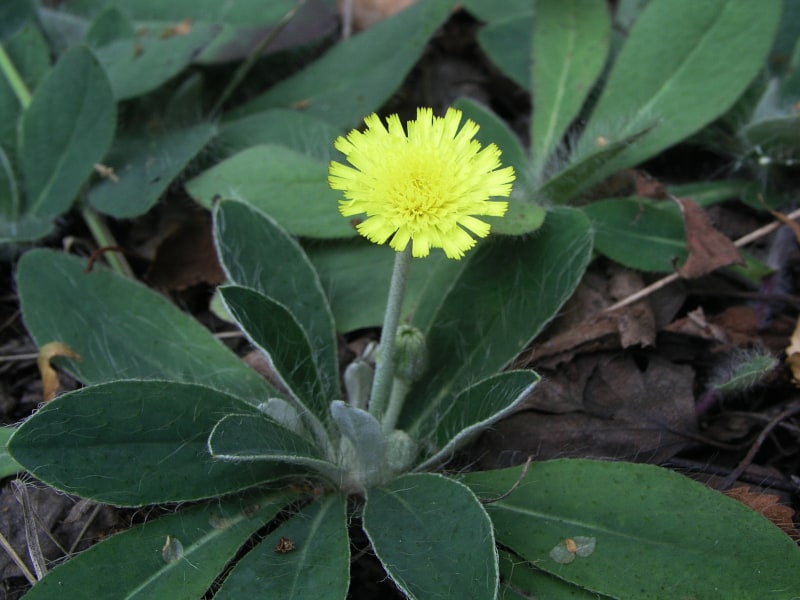
Snowdonia Hawkweed Distribution, Habitat, and Ecology
First of all, given that only one specimen appears to exist, the delicately lovely Snowdonia Hawkweed obviously only inhabits an incredibly small range. Additionally, it appears that the amazing plant never had an extensive range of habitation. Furthermore, when it man first discovered the flowering plant, it only inhabited seven individual mountain ledges in Wales, in Europe.
Obviously, details about the previous habitat, if any, of the lovely flower, remain unknown. That’s because, despite exhaustive research, no evidence of a prior existence anywhere else on the planet exists. Quite surprisingly, for the moment, its only known habitat remains quite harsh. That’s because it currently only inhabits a very rocky, quite steep, and north-facing inaccessible mountain cliff.
In addition, many experts believe that long-term overgrazing by local sheep populations may have led to the current predicament the species faces. Thankfully, however, conservation efforts for the marvelous Snowdonia Hawkweed have recently been initiated. These include the collection of seeds, in an attempt to establish a new population at the National Botanic Garden of Wales.
Species Sharing Its Range
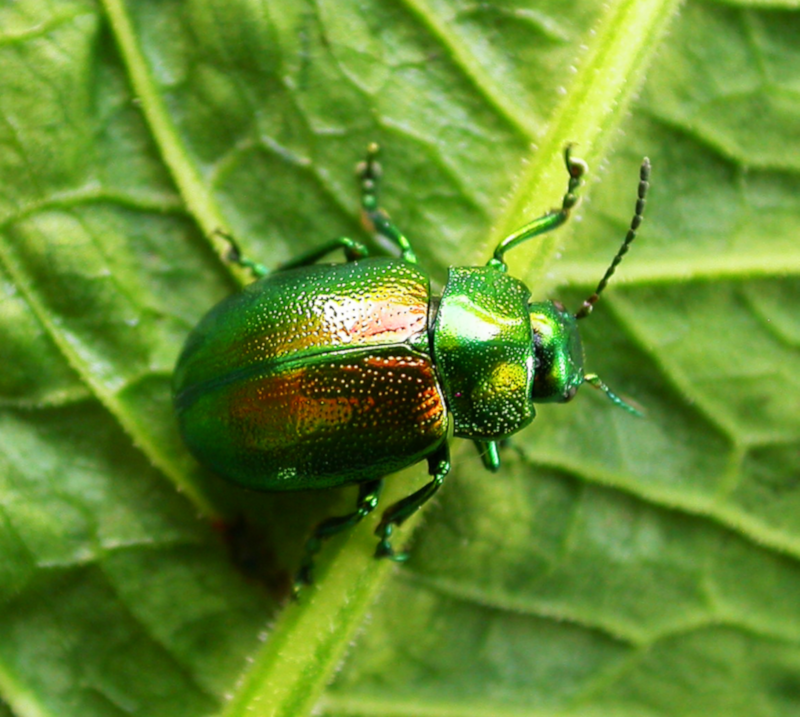
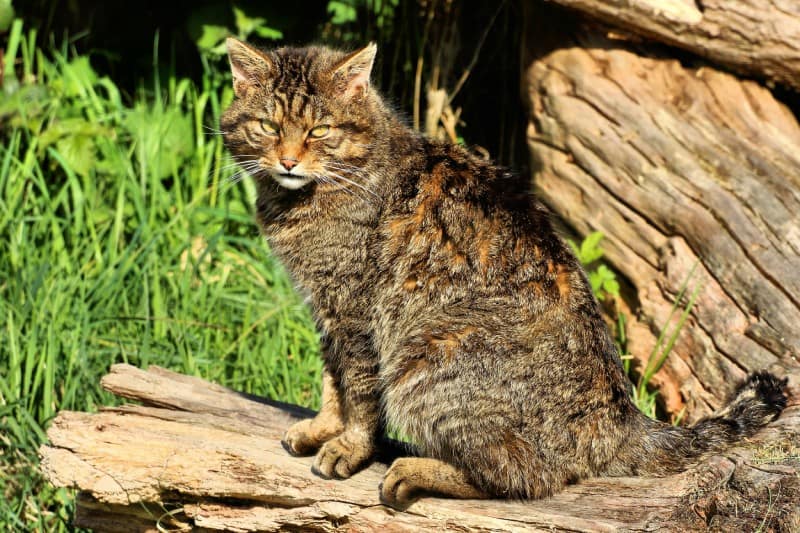
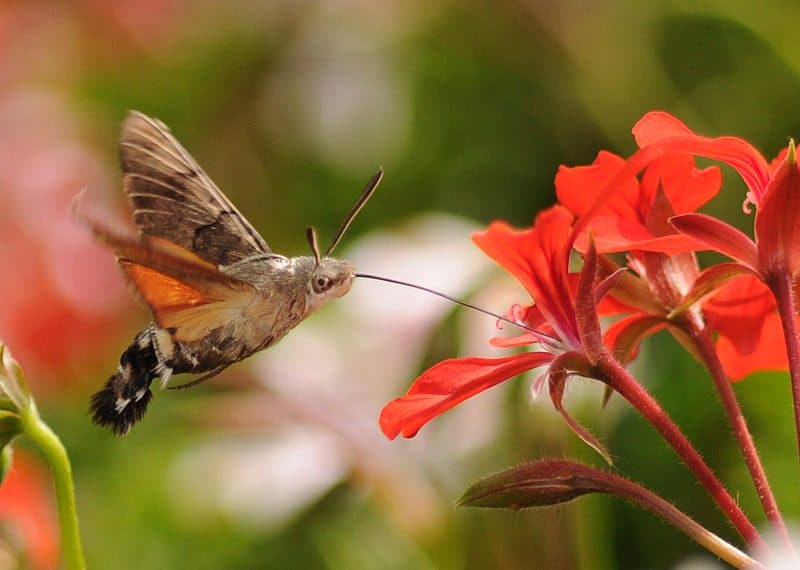
Check out our other articles on Earth’s Many Magnificent Marsupials, Pesquet’s Parrot, Onyx River, Flatback Sea Turtle, Calleta silkmoth, Indian Giant Squirrel, Wood Frog, Tiger Shark
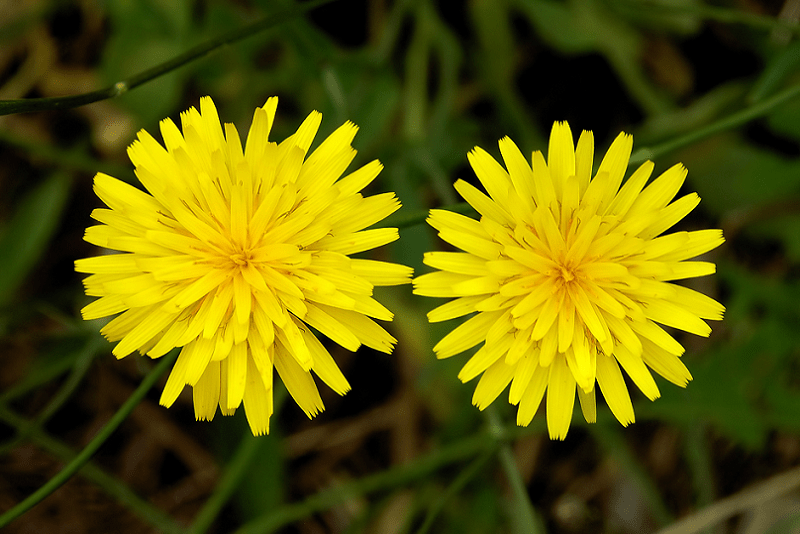









Pretty sure I have these growing in my front garden. I thought they were dandelion’s but they look different. Taller. Then I see this article and think. They’re not that rare!
Hello Mr Clews,
Thank you for your message. There are numerous possibilities. Firstly, I must point out that the plant is indeed classified as rare by formal organizations. That being said, however, there’s always the slim chance that the seeds of one might have been accidentally transported to another area. It’s also fully possible that what you have in your garden is simply another plant bearing a very strong resemblace to this one…it happens. If I may inquire, where do you live?
Sincerely,
OBP
This plant ( the snowdonian hawkweek ) is growing all over my lawn. It is so pretty i can’t bring myself to mow the garden. As it is protected, and rare, should i contact someone?
LOL I am sure with the IUCN it is political…because even though I believe that this is a very rare plant (I trust scientists), my reaction is, WHAT??? A hawkweed? We are overrun by non-native invasive hybrids here. This would bring the enemies of environmentalism out in force as to claim we are wasting taxpayer money. These are sad times for the planet. So one thing I would do with this is say how it is different from the Hawkweeds that are taking over N America, and why saving it is a good idea. 🙂 Thank you.